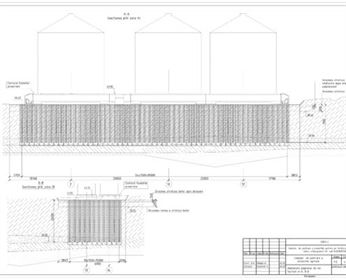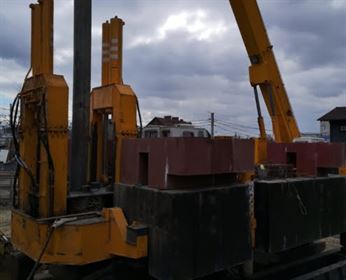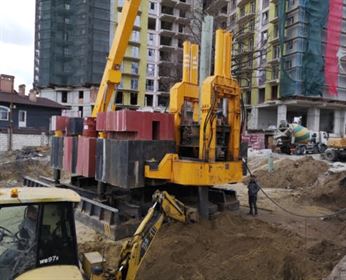Static compaction of soils
The method consists in deep compaction of low density soils. These are subsiding soils that are in a dry state and, when soaked, give unacceptable sediments of foundations. With deep compaction, it is not uncommon to get rid of retaining walls, which significantly reduces the cost of building foundations. This method is in great demand in conditions of dense urban development, since it is possible to compact the soil without impact and dynamic loads, which can negatively affect nearby buildings.
Soil compaction methods are divided into:
-surface, when compacting effects are applied to the surface and lead to compaction of a relatively small layer of soil
-deep, when compacting effects are transmitted by significant depths of the soil massif.
→ The surface seal is made
∙ rolling;
∙ tamping;
∙ vibration mechanisms (vibration compaction)
∙ underwater explosions;
∙ ramming of foundation pits.
Deep static compaction methods include
∙ installation of sand, soil and lime piles
∙ compaction by static load in combination with a vertical drainage device
The compaction of soils largely depends on their moisture content and is determined by the maximum density of the skeleton of the compacted soil òd.max and relative humidity Wopt






